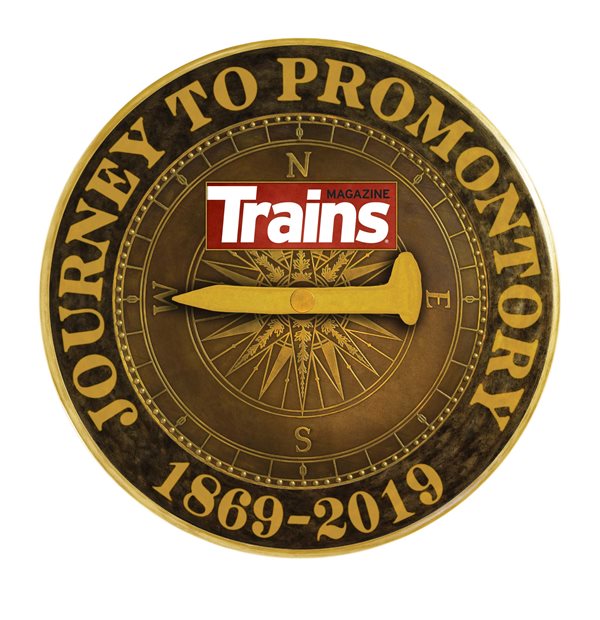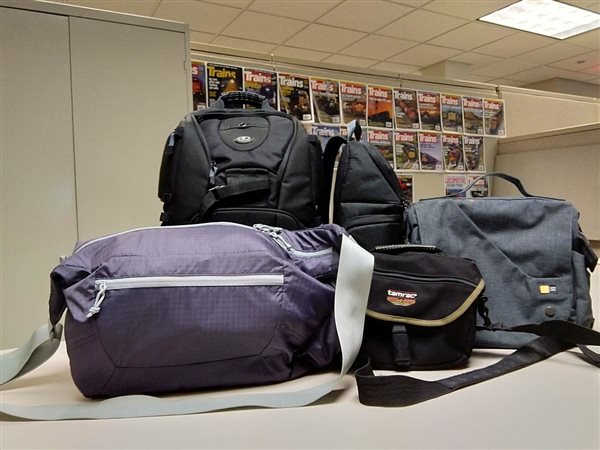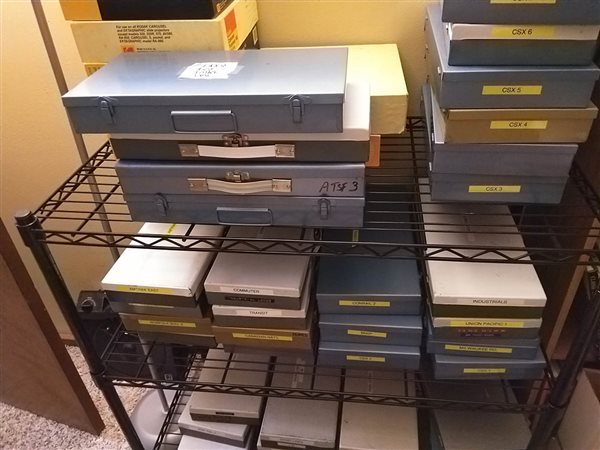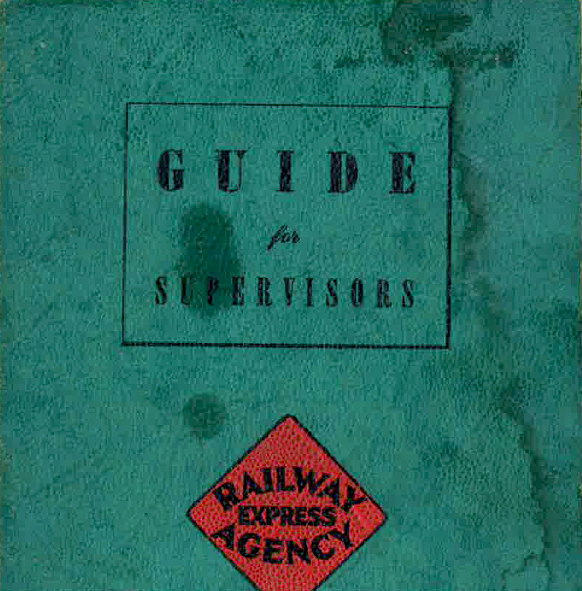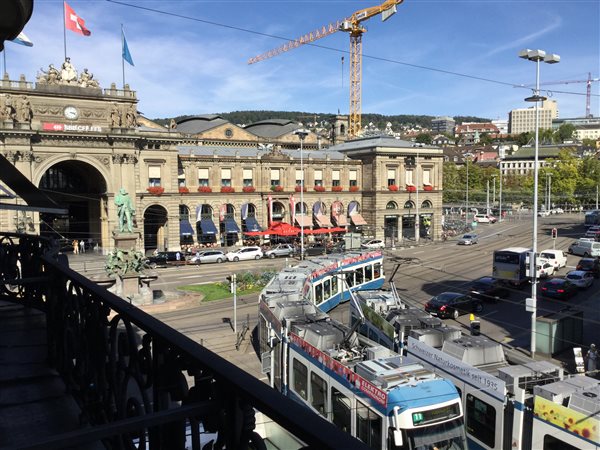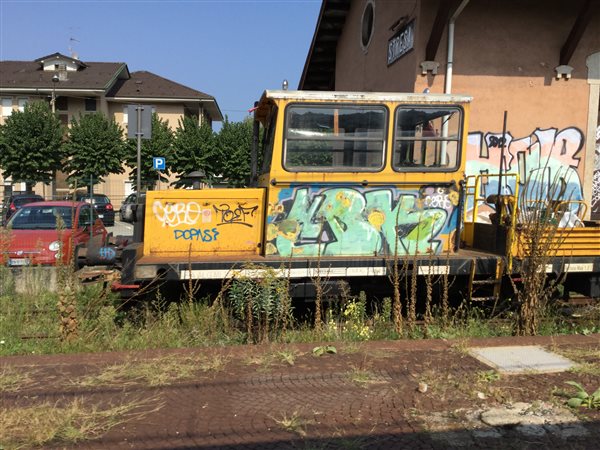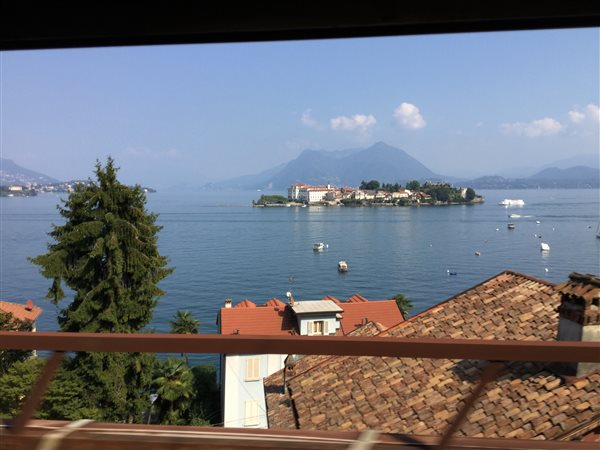It is time to take a trip.
Yes, I can hear the groaning now. You’re on the road more than most of us, Wrinn. Why is this one any different than the others that you have to tell us about it in advance? Can’t you just take your trip, keep your mouth shut, and then revel in it later?
Let me explain.
Indeed, I am taking another trip on behalf of Trains magazine and its website. In 14 years, the trips and the miles, the photos, the friends, the memories have piled up into what was once quaintly referred to as an embarrassment of riches. In short, I am fat and happy. But this trip is indeed special.
Here’s why.
I’m bound for Utah. That in itself is a good reason to be excited. It is a gorgeous land. The food is good. The people are nice. The railroading spectacular. But it gets better. Much better. The aim of my travel is that most sacred of railroad sites in America, Promontory Summit, the place where the original transcontinental railroad was completed on May 10, 1869. I’m heading there to gather material for a new special issue we’ll release in January. It’s called Journey to Promontory, and it’s part history of the first railroad from the middle of the country to the Pacific Coast 150 years ago next year and part whatever became of that railroad that today we know as Union Pacific. Also on site with me will be Rich Luckin, who is producing a historical documentary video for us that will be shown on PBS and available for sale here. I’ll also have time to visit some of the incredible sites on the UP main line like Echo Canyon, Devil’s Slide, the 1,000-mile tree (second edition), and Wasatch grade. That will go into more stories, more website content, and more video.
This is a humbling trip.
The transcontinental railroad is one of the major events in American history. We certainly want to do it justice. We want to tell the full story. I have lived and loved railroading all my life, and to be here at this time in history is a real gift. So today, as I’m packing my suitcase, and doublechecking the Nikons, the videocamera, and a new GoPro, I’m anxious like I was when I was a kid on the eve of something magnificent, something rare, and something exciting. I just had to share.
